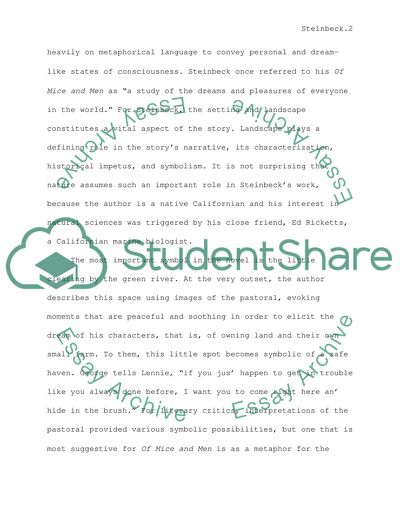Cite this document
(“Symbolism in Of Mice and Men Book Report/Review”, n.d.)
Retrieved de https://studentshare.org/literature/1510193-symbolism-in-of-mice-and-men
Retrieved de https://studentshare.org/literature/1510193-symbolism-in-of-mice-and-men
(Symbolism in Of Mice and Men Book Report/Review)
https://studentshare.org/literature/1510193-symbolism-in-of-mice-and-men.
https://studentshare.org/literature/1510193-symbolism-in-of-mice-and-men.
“Symbolism in Of Mice and Men Book Report/Review”, n.d. https://studentshare.org/literature/1510193-symbolism-in-of-mice-and-men.


